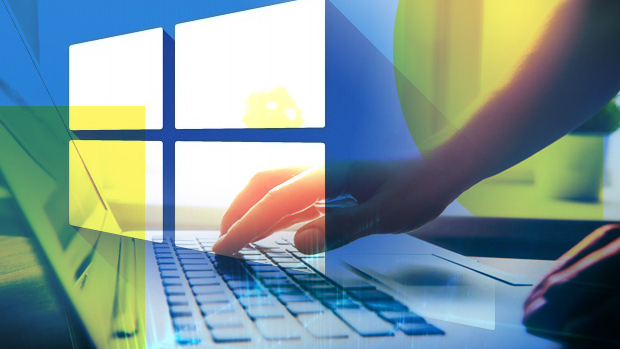Microsoft has delivered the final security update for Windows 10’s first feature upgrade, released in November 2015.
Windows 10 1511 – Microsoft labels its feature upgrades in a yymm format – will receive its last security patches, then fall off Microsoft’s support list. The company had announced 1511’s retirement several times in the past, notably in a support lifecycle fact sheet on Microsoft’s website.
Yesterday was also October’s Patch Tuesday – the month’s release of security updates for Microsoft’s products. The company has tied the end of support for Windows 10’s feature upgrades to Patch Tuesdays. The next in line after 1511, last year’s 1607 – aka Anniversary Update – has been tentatively scheduled to drop out of support in March 2018. If true, Microsoft will undoubtedly call it quits on 13 March 2018, another Patch Tuesday.
As part of its Windows-as-a-service model, Microsoft has said it will support each feature upgrade for 18 months, requiring Windows 10 users to regularly refresh the operating system. Because the firm issues two feature upgrades annually, customers who balk at migrating every six months may, at the most, skip just one feature upgrade before needing to get back on the release horse.
In the end, however, 1511 was supported for nearly 24 months, having debuted 10 November 2015. The additional time-on-support came from arcane rules Microsoft implemented but later discarded; it would not retire an upgrade before six months had passed from the most recent upgrade’s release. The rule was made moot when Microsoft declared a six-month interval between each upgrade.
The next two feature upgrades after 1511, 2016’s 1607 and this year’s 1703, are scheduled to be dumped from support in March 2018 and September 2018, respectively. Under the current mandate, this month’s upgrade – designated 1709, or ‘Fall Creators Update’ – will retire in April 2019. Fall Creators Update will begin to reach customers on 17 October.
The demise of Windows 10 1511 will affect only a fraction of the operating system’s users: According to app analytics vendor AdDuplex, 1511 powered just 2.7% of all Windows 10 devices in operation last month. (The original release, 1507, accounted for another 0.8%.) Even so, with approximately 500 million Windows 10 devices – Microsoft’s latest claim – that 2.7% translated into 13.5 million systems.
Windows 10 1511 will continue to operate without restrictions after today, but without future bug fixes, the operating system will increasingly become vulnerable to attackers. To continue to receive security and feature updates, users must upgrade to 1603 or later.
IDG News Service








Subscribers 0
Fans 0
Followers 0
Followers